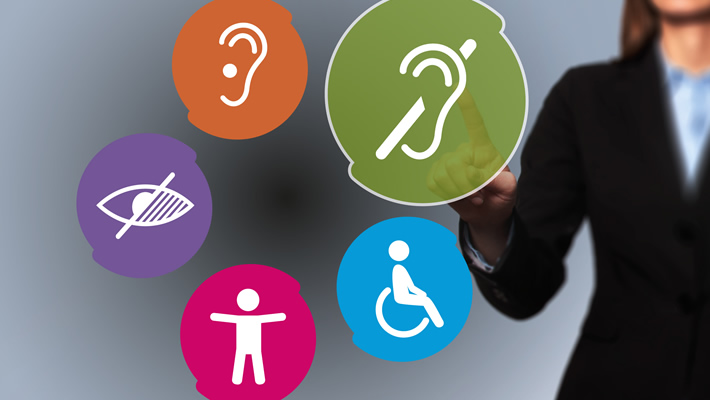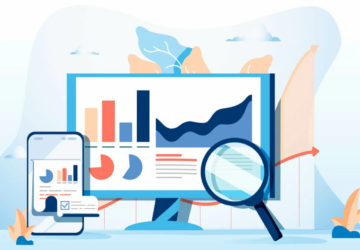Accessibility testing has undeniably become an essential arm of the software development industry in today’s rapidly changing society. In addition to being required by the law itself in numerous instances, making websites, apps, and digital material accessible to all, including those with disabilities, accessibility testing also abides by ethics, thereby making it a sound business practice. This article discusses the fundamentals of accessibility testing, along with the methods and resources that may generally assist businesses in becoming more inclusive.
An Overview of Accessibility Testing
The primary goal of accessibility testing is to assess how well online products can be used by those with disabilities, such as those with cognitive, motor, visual, or other impairments. Further, It guarantees that information, programs, and websites are created and tailored to meet the demands of various user groups.
The Significance of Accessibility Testing
Legal Compliance
It goes without saying that the Web Content Accessibility Guidelines (WCAG) and other regulations regarding accessibility are mandated by law in several nations. Thus, there may be legal action, penalties, and even reputational harm for non-compliance.
Inclusivity
Further, reaching a larger audience is, without a doubt, necessary to provide accessibility to help older folks and those with transient situational impairments significantly.
Brand Reputation
Businesses that further put accessibility first show how much they value social responsibility and diversity, which ultimately helps improve their brand reputation.
Improved User Experience
It is evident that a product that is easier to use for all users will often come with more accessibility. All consumers benefit from straightforward substance, well-structured information, and comprehensible language.
Testing Tools and Methods for Accessibility
Screen Readers
Screen readers are incredibly vital to assess if a piece of material is accessible to people who are blind or visually impaired. JAWS, NonVisual Desktop Access, and even VoiceOver are widely used screen readers. Thus, with the use of these technologies, testers can navigate through different websites and applications and thereby assess how the material is interpreted by screen readers.
Keyboard navigating
Rather than using a mouse for navigating, many people with motor disabilities utilize their keyboards. By utilizing the keyboard to navigate a program, testers may evaluate how accessible it is. Ensure keyboard shortcuts can be used to access and activate any interactive features.
Color contrast analyzers
For those who are visually impaired, color contrast is very important. Text and background color combinations that can be challenging to read are identified with the use of tools such as the WebAIM Color Contrast Checker. Make sure there is enough color contrast to adhere to accessibility guidelines.
Automated Testing Tools
Axe, Wave, and AChecker are just a few examples of the automated accessibility testing tools that are available. These tools check for typical accessibility problems on websites and in apps, including form fields that are not labeled, headers that are misused, and missing alternate language for pictures. Manual testing is just as crucial as automated technologies for a thorough assessment.
Manual Testing
In manual testing, the user experience is assessed by human testers with the use of assistive devices like screen readers and magnifiers. Manual testers can offer insightful information on how easily an application can be used by people with impairments.
Test Environment
Establish a special test environment replicating the circumstances and difficulties encountered by impaired users. This entails using various assistive technologies and considering things like old technology and sluggish internet connections.
Application Programming Interfaces (APIs) for accessibility
Developers may use APIs for accessibility to make sure that their apps are programmatically accessible. These APIs facilitate application interaction for assistive devices by providing information about a user interface’s layout and content.
Testing for Accessibility as a Process in Development
- Clear Instructions: Educate your development and testing teams on testing methods and best practices related to accessibility. Ensure that they are knowledgeable about pertinent accessibility guidelines, such as WCAG.
- Accessibility rules: Create checklists or rules for internal accessibility that thoroughly comply with industry standards. To assess your items consistently, follow these principles.
- Tools for Accessibility Testing: Also invest in these and incorporate them into your development environment. This enables programmers to identify and fix accessibility problems while they are being coded.
- Establish feedback loops: Make sure to establish feedback loops between developers, designers, and testers. Further, promote candid dialogue and teamwork to resolve accessibility concerns quickly.
Conclusion
In order to create electronic products that are accessible to people with impairments, accessibility testing is undeniably an imperative process. Through the integration of accessibility into the development process, the use of appropriate tools and methodologies, and the promotion of an inclusive culture, firms may adequately improve their offerings, expand their customer base, and ultimately guarantee adherence to regulation.







